Sherry (Xeres) is a liqueur wine, distilled around the town of Jerez de la Frontera, Spain. In Spanish, the wine is called vino de Jerez and according to legislation, Sherry is the name given to the drinks coming from the triangle formed by the cities of Jerez, Sanlucar de Barrameda and El de Santa Maria.
There are 3 main types of soil found in the region, where Sherry plantations are grown:
Arenas - a sandy soil with a high iron content, coloring it a rusty brown. The chalk content is also significant. Arenas is easy to cultivate and very productive but the wines coming from it often suffer from an absence of elegancy.
Albariza - a soil with a high quantity of chalk and excellent water permeability. When wet, it is slippery and muddy, when dry it becomes a hard crust which prevents the water from evaporating. This is where the prime quality wines for Sherry are grown.
Barros - this is the 3rd soil type, a dark clay. In addition, it is the most fertile of the 3 soil types, providing very high crop yields. Wines from it are characterized as full-bodied but of a lower quality in comparison to those grown on Albariza soil.
History of Sherry

There exist several theories about the origins of the name of this liqueur wine and it is still unclear whether the name Sherry comes from the city of Xera, located near the Pillars of Hercules and mentioned by ancient Greek authors or from the Roman city of Ceritium.
Since the time of Henry I, England has been a major consumer of wines produced in that region. In 1530, an English merchant was even sentenced to half a year in prison and a hefty fine because he tried to compete with the locals. In the 18th century, English traders did settle there and by the 19th century their number had grown tremendously. As far back as 1850, about 40% of all wine imports into England were Sherry.
Even today, Great Britain is a significant market but the Sherry, as well as a large portion of the liqueur wines, have lost popularity. One of the main reasons for this is that throughout the 70s and 80s of the last century, the market was flooded with low-quality wines, which seriously hurt the reputation of the wine region.
Varieties of Sherry
At the beginning of the 19th century, there were 40 different varieties of grapes grown for Sherry; today there are only 3:
Palomino - this is the most important variety for Sherry wine production, comprising more than 90% of total production. Palomino is a variety created solely for Sherry production. At the Albariza soils around Jerez, Palomino yields its greatest contribution to Sherry. It cannot create a good wine anywhere else in the world.
Pedro Ximénez - according to legends, this variety was named after a soldier belonging to the army of Charles V, who brought the variety over from Germany. In all likelihood, what actually happened was the exact opposite - it was carried from Andalusia to Germany. After being picked, the grapes are left to dry in the sun so that the sugar can concentrate in it. The wine made from this variety is used to sweeten.
Moscatel - this is the 3rd variety of grapes. It has little import in the production of Sherry; small batches of it are used to sweeten.
Production of Sherry
Harvest of the grapes begins in the first week of September, and to avoid bruising, is done by hand. Grapes from the Pedro Ximénez variety are laid out in the sun so that the sugar concentrates, while that from Palomino is immediately put in a grape press. Often, the pressing takes place at the actual vineyard because there is a real danger of oxidation due to the high temperatures during harvesting.
Sulfur dioxide is added to the grape must and it is left to sit for 24 hours to clear up. It is then put into reservoirs, where the process of fermentation begins with the addition of specific yeast. Note that Sherry is a dry wine and any sweetening needs to be done at a later stage.
There are 3 main styles of Sherry - Fino, Oloroso and Palo Cortado. Whether a wine will be Oloroso or Fino depends on the environment, as well as the winemakers. Once the fermentation process concludes in December or January, each reservoir or barrel of wine is tasted and classified.
The presence or absence of flor yeast are crucial for creating specific types of Sherry. These are a kind of yeast that feed on alcohol, glycerin and oxygen, while at the same time decreasing the acidity in the wine.
The Fino style is achieved by the presence of flor yeast, while Oloroso is the exact opposite - their lack of and with oxidation that the wine is subjected to during the aging process.
Once the wines are categorized in one style or another, they are distilled with a specific mixture of 95.5% wine distillate and old wine in equal parts. The old wine is needed to reduce the shock of strengthening.
Characteristics of Sherry
As mentioned, a rich palette of Sherry styles have developed over the years but they all fall under the 3 major groups - Fino, Oloroso and in between them - Palo Cortado.
Fino - this is a pale-colored wine, light, pure and dry. It is drunk young because after bottling it quickly loses its freshness. There are 3 types belonging to this style:
Manzanilla - a Fino that has aged in the barrels of the city of Sanlucar de Barrameda, distinguished by a very elegant, slightly salty tinge.
Amontillado - an aged Fino, stronger than the classic Fino and can be sweetened or dry. It has an amber color and the taste of nuts. Its name originates from Montilla, a wine region adjacent to Jerez.
Pale Cream - this is the youngest member of the Sherry family. It has a light body and delicate color.
Oloroso - the second major Sherry style. It is a full-bodied wine with a rusty color, intense nut taste and excellent potential for aging. Producers very often adjust its taste, depending on the market. This results in 4 types:
Amoroso - a slightly sweetened Oloroso, commonly found under the name "Bristol Milk".
Cream - an Oloroso that has been sweetened by adding a Pedro Ximénez or Moscatel variety of wine.
Brown Sherry - this is a Cream Sherry with thickened must added to it.
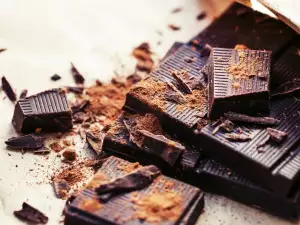
Pedro Ximénez - an incredibly elegant dessert wine, whose sugar content can reach up to 400 g / L.
Palo Cortado - a remarkably rare style of Sherry, similar in flavor to Amontillado but possessing the full body of a dry Oloroso.
Serving Sherry
Sherry is not left to age after bottling because its taste qualities do not improve with time. However, storing them for extended periods is not a problem since they don't deteriorate either. Sherry is served in glasses specially designed for the variety, having the form of a tulip.
Sherry, as with other dessert wines like Port, must not be mixed with foods that are a lot sweeter than the wine itself because its taste will be lost. Other than that, Sherry can be served with a wide array of foods - almonds, olives, even ice cream. Don't be afraid to experiment in order to find the combination that you like best.
Fino is served at a temperature of 40°F (4°C) - 40°F (7°C) as an aperitif. It pairs wonderfully with soups, cheeses, seafood, caviar, oysters, smoked salmon, ham. Manzanilla is served the same way as Fino.
Oloroso is served at room temperature - about 60°F (15°C). It goes well with game and red meat.
Pedro Ximénez Sherry is also drunk at room temperature and is a fine addition to dark chocolate, sweet desserts and vanilla ice cream.
Amontillado complements white meat, seafood delicacies and fine cheeses.
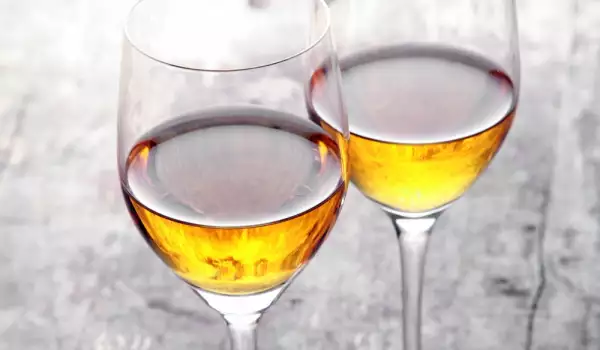



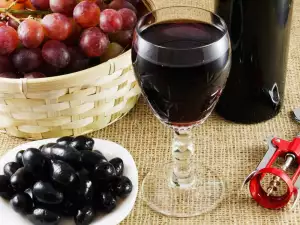
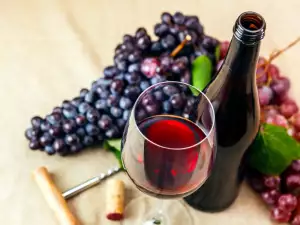


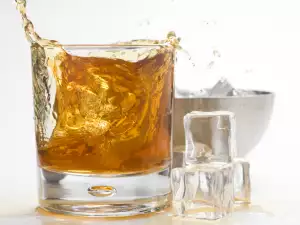

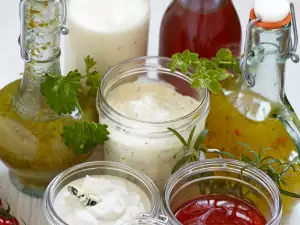






Comments